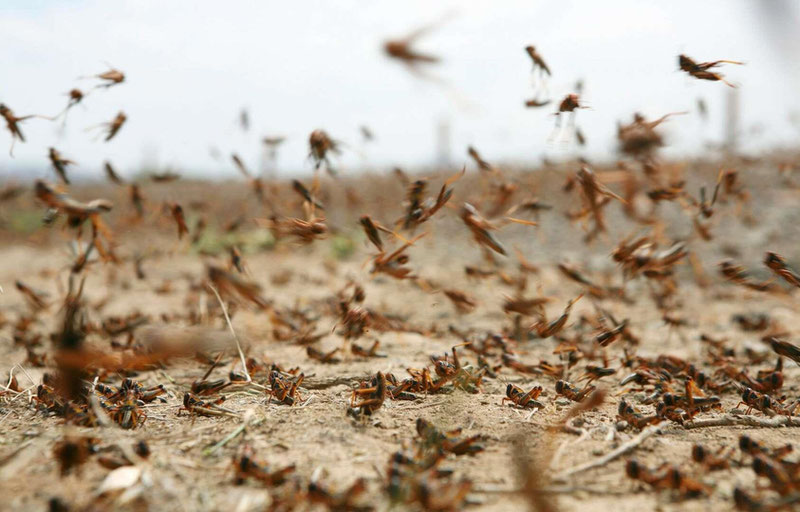Kazakhstan, Uzbekistan, and Kyrgyzstan are uniting their forces to fight against locusts, paving the way for regional security collaboration. This was reported by “Kazinform”.
It is noted that within the framework of the European and Mediterranean Plant Protection Organization (EPPO) working group meeting held in Astana, the heads of the phytosanitary services of Kazakhstan, Uzbekistan, and Kyrgyzstan held a meeting. The main topic of discussion was strengthening the measures against locusts. Participants were introduced to the existing practices in their countries for implementing effective measures against seasonal pests.
The presentation of the “Locust.uz” system was held. This is an electronic platform that records information about areas where locust eggs are laid and areas that have been chemically treated, providing an opportunity for accurate situation assessment. The system also monitors the movement of specialized equipment through GPS devices installed on vehicles, allowing timely assessment of the situation and preventing the spread of locusts over large areas.
Following the discussions, the parties agreed to further strengthen cooperation, implement international phytosanitary standards, and develop information exchange. Special attention will be paid to cooperation in combating locusts in border areas, phytosanitary conditions, research results, the spread of harmful organisms, and the measures taken. Furthermore, it is planned to integrate information systems for effective and regular exchange of information about phytosanitary certificates.
According to the deputy minister of agriculture, Yermek Kenzhehanuly, speaking on the “Jibek Joly” TV channel, up to 2 million hectares in Kazakhstan are at risk of locust infestation. For the first time in the West Kazakhstan region, agrodrones have been used in the fight against locusts.
In Uzbekistan, a spread of locusts over an area of 608 thousand hectares is predicted by the year 2025. However, climate change and the rising temperature could lead to an expansion of the harmful locust areas. To address all locust-related issues promptly, rapid response teams have been organized in the regions, and the locust service has been switched to a 24/7 mode.






